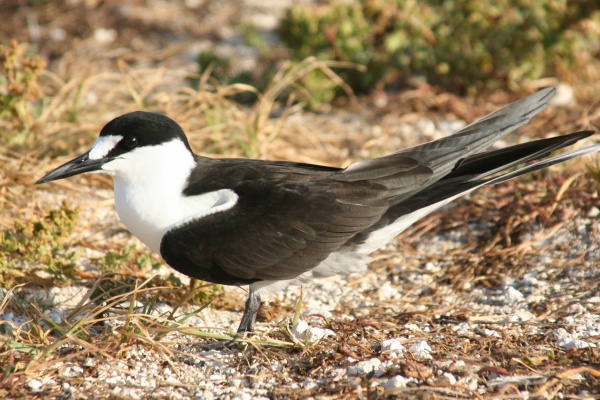Facts About Sooty tern
The sooty tern, scientifically known as Onychoprion fuscatus, is an intriguing seabird belonging to the Laridae family. These birds are predominantly found in tropical oceans. One of their most remarkable traits is their ability to sleep while flying, only coming ashore to breed on equatorial islands.
Over the years, the scientific name of the sooty tern has undergone revisions, but it is currently recognized as Onychoprion fuscatus. They are also referred to as "wideawake terns" due to their loud, distinctive calls. Their common names may vary based on geographic location.
Sooty terns exhibit several subspecies, each with minor variations in plumage corresponding to their geographic distribution. They are relatively large terns, distinguished by their striking dark black upperparts, white underparts, and long wings complemented by a deeply forked tail. Their feeding method is quite interesting—they pick fish directly from the ocean's surface.
Regarding breeding, sooty terns prefer colonies on rocky or coral islands, where they lay one to three eggs in simple ground scrapes or holes. These birds are migratory, spending their winters in tropical oceans and exhibiting more marine habits compared to other terns.
In Easter Island culture, the sooty tern holds significant importance in the birdman ritual. The retrieval of the bird's egg from the Motu Nui islet was a crucial part of this ritual, determining the tangata manu (birdman) for the year and granting privileges to the winner's clan.
Despite their widespread presence, the sooty tern is not considered threatened, according to the International Union for Conservation of Nature (IUCN).
